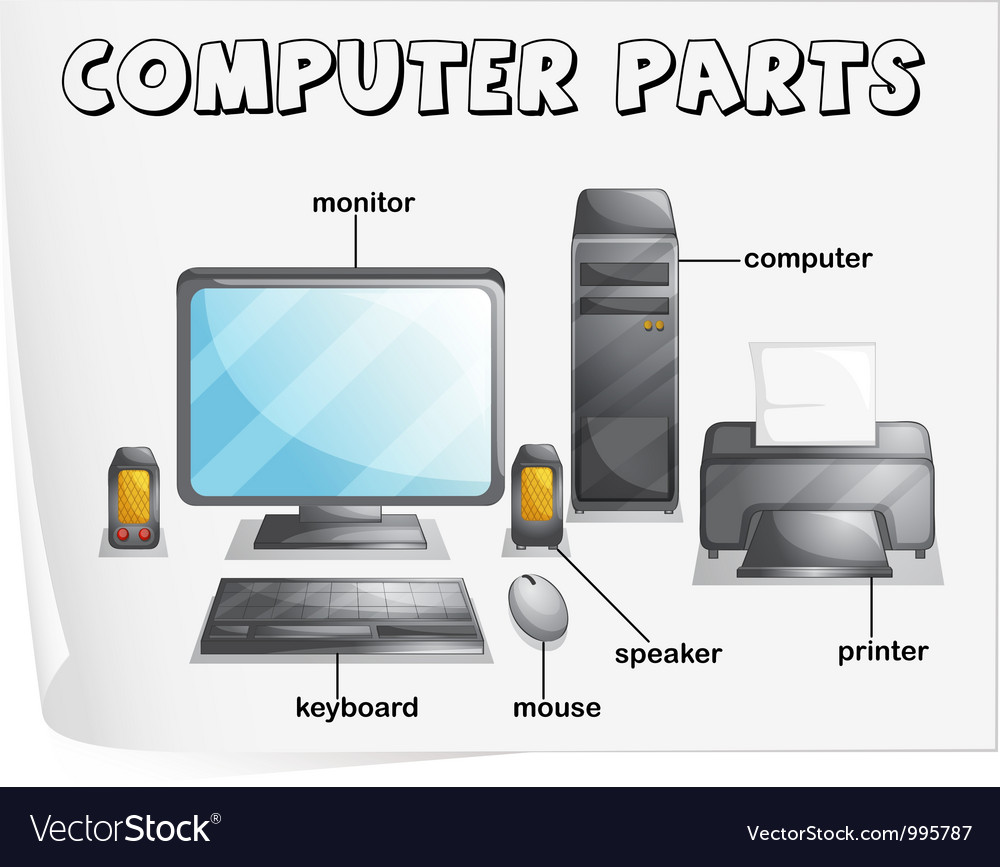10 Innovative Ways for Excess Computer Parts You Didn't Know
the modern tech landscape, excess computer parts offer a wealth of options for astute builders and budget-conscious tech enthusiasts. Regardless of whether you're a seasoned DIYer or just diving into the world of computing, knowing how to effectively utilize surplus components can transform your projects while saving you money. Amid the rapid pace of technological advancements, many perfectly functional parts find themselves sidelined, waiting for someone to recycle them. The following guide will guide you through ten innovative uses for those surplus computer parts you may have considered before.
ranging from breathing new life into an aging system to crafting one-of-a-kind gadgets, the potential of surplus components is limited only by your creativity. Not just can these parts provide significant savings, but they can also be a sustainable choice, reducing electronic waste and promoting a more environmentally friendly approach to tech. So, if you're prepared to explore new ways to use computer parts that may be gathering dust in your garage or local stores, read on to discover how you can maximize the most out of this overlooked resource.
Purchasing Extra PC Components: Essential Factors
When venturing into the field of excess personal computer parts, it's essential to grasp the condition and reliability of the parts you are considering. Investigate the particular manufacturers and types that are known for their longevity and efficiency. This knowledge will enable you to spot top-notch items and avoid those that might not meet your needs. Assessing technical details, user feedback, and market standing can direct you toward making smart buying conclusions.
Before you finalize any buy, checking that it works with your existing configuration is essential. This involves verifying that the parts will function smoothly within your existing setup, as mismatched parts can cause additional expenses or annoyance during installation. Always double-check specifications and ensure that the parts you want to purchase align with your system needs to avoid future issues.
Lastly, take into account the seller's trustworthiness and return policy. Buying excess components involves a certain level of risk, and having a reliable source can greatly reduce potential issues. Seek out sellers with favorable reviews and clarity regarding their offerings. surplus monitors provides reassurance, allowing you to send back items that do not fulfill your standards or operational requirements.

Assessing the Standard of Surplus Parts
When evaluating unused computer parts, it is important to evaluate their quality to make sure you are making a smart purchase. Begin by inspecting the state of the components. Look for any apparent signs of deterioration, dust accumulation, or damage, which can be representative of previous usage or mistreatment. A thorough physical check can assist you identify any warning signs that might suggest a part's breakdown or lower efficiency.
Additionally, find out about the history of the excess parts. Knowing how they were used prior to being offered can provide information into their trustworthiness. Items that were substituted due to upgrades rather than breakdowns generally have a greater probability of functioning well. Moreover, request paperwork or evaluation documents if obtainable; credible sellers typically supply this detail which can provide you greater confidence in your purchase.
In conclusion, think about the reputation of the vendor. A reliable vendor will usually have good feedback and a history of selling quality surplus parts. Look for assurances or return policies as these can also be good indicators of the supplier's confidence in their items. By merging diligent visual checks with sound procurement, you can more successfully evaluate the standard of surplus computer components and make informed buying decisions.
Increasing Value from Surplus Technology Parts
To truly maximize the value of unused PC components, it’s important to embrace a methodical strategy. Start by assessing your particular needs and decide which components are essential for your immediate projects or setup improvements. This focused approach will help you steer clear of unplanned buys and make sure that each acquisition adds to your total technology goals. Additionally, emphasize components that are recognized for their durability and longevity, as these can offer better results through time.
Another valuable way to gain benefit is by learning how to rework or transform excess components. For https://foremanploug17.livejournal.com/profile , a excess graphics card can be improved or modified for better performance in economical game builds builds. Similarly, previous motherboards and CPUs can be used into do-it-yourself initiatives like home servers or media centers. By dedicating time in learning about and improving these components, you not only conserve money but also improve your expertise.
Lastly, networking with other tech enthusiasts can yield considerable benefits. Join online discussion groups and local events to trade knowledge and find unique bargains on unused components. Often, people of these communities discuss tips on where to find reliable parts and can assist you on enhancing what you already have. Creating connections within the tech world can lead to opportunities to exchange parts or get first-hand information about the top bargains, additionally maximizing the total value you gain from your unused PC purchases.